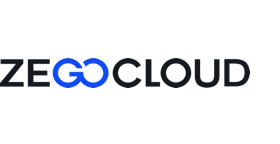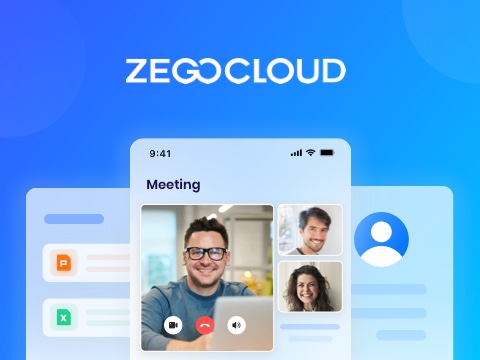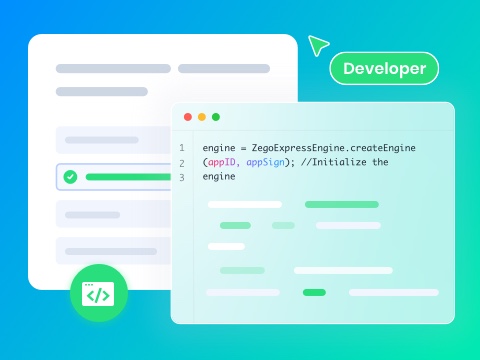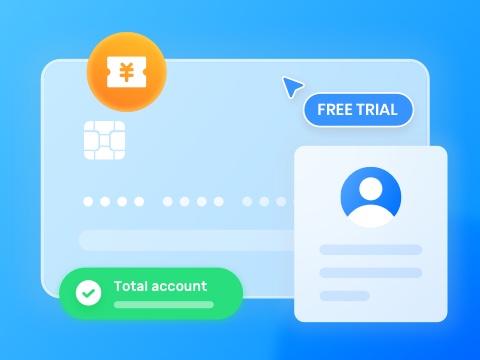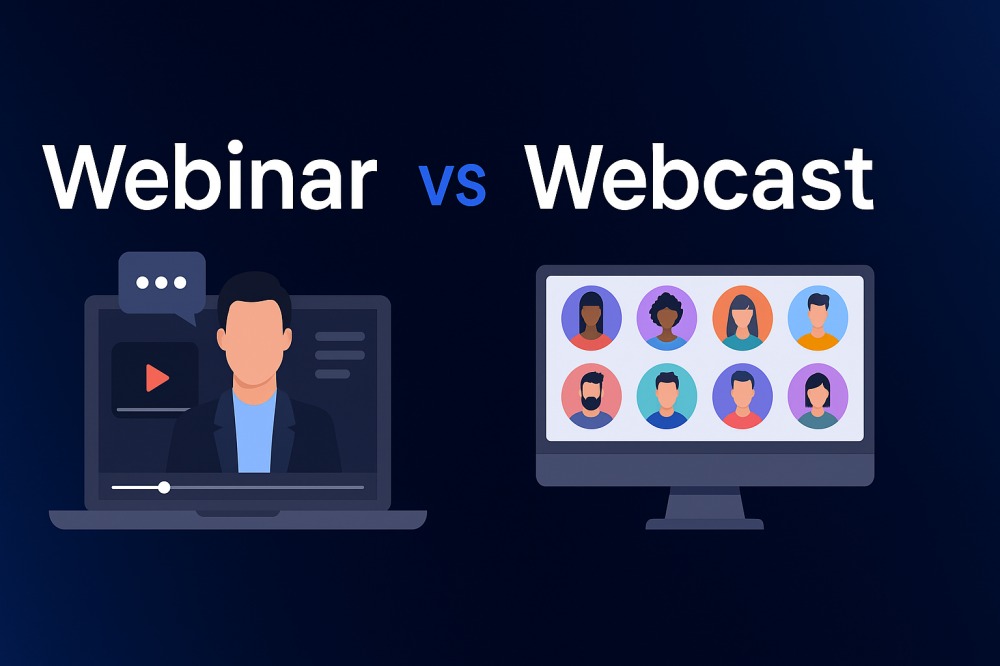When planning an online event, understanding the difference between webinar vs webcast is necessary to pick the right platform. What most people don’t know is that they cater to different goals, leading them to learn about them in detail. Hence, in this guide, we’ll compare both terms in detail while highlighting their use cases.
What is a Webinar?
A webinar is a real-time event that is used to deliver presentations by businesses and learning institutions. For this, it applies streaming technologies like WebRTC and RTMP, allowing a host to share their screen. Besides, the polls, chats, and Q&A are the characteristics that the participants can apply to establish a collaborative environment. Moreover, to ensure quality communication through cloud servers and CDNs, webinars typically limit the number of participants.
Thus, webinars are more interactive and participative, while debating webcast vs webinar. Unlike webcasts, which are predominantly one-way communications, they enable real-time communication through questions, discussions, and live polling. Therefore, it is possible to apply them to live training, product demonstration, and workshops where it is essential to obtain feedback and collaborate with others.
When to Use a Webinar?
When it comes to webinar vs webcast, users believe that webinars offer better audience engagement through real-time interaction. Thus, you can apply webinars effectively in the following scenarios:
- Workshops: The webinars are interactive, and this is the most appropriate method of learning a skill such as coding, marketing, or design. Thus, with its assistance, the participants will be able to train and remove any uncertainties in the process immediately via Q&A.
- Product Demos: The screen-sharing and live chat features enable presenters to demonstrate product features in detail. Hence, this direct contact assists in answering the questions of customers and proving the value of the product.
- Sales Pitches: Live video, polls, and Q&A are added to personalized presentations. Therefore, these tools are useful in communicating about the benefits of products and getting immediate feedback about the products from potential purchasers.
- Networking: Moreover, networking is very effective in webinars using breakout rooms and live chat. These features facilitate productive conversations, the exchange of ideas, and the building of relationships among members.
- Skill Development: Webinars also promote training since one can describe the details by sharing the screen and discussing the information. Therefore, this not only entertains the learners but also allows them to learn challenging issues well.
What is a Webcast?
Webcast refers to a live or recorded presentation of media that a streamer transmits using streaming technology to deliver media to a wide audience at the same time. In contrast to interactive formats, the meaning of webcast highlights a mostly one-way channel of communication. Here, the host transmits video and audio through encoders and Content Delivery Networks to viewers’ devices without real-time audience participation.
Additionally, it utilizes streaming protocols such as HLS or MPEG-DASH for webcasts. They allow adaptive bitrate streaming to offer optimal video quality on different network conditions and devices. Therefore, this makes it smooth to play and scale down to even very large audiences. Here, common examples are TED Talks and live concerts, which aim to convey the message in a broad manner.
When to Use a Webcast?
While answering what is a webcast, know that it’s the best option when it comes to company updates and general addresses. So, while knowing the technical foundation of webcasts, here are key scenarios where they excel:
- Company Town Halls: Webcasts give employees around the globe a sense of unity with the company vision and strategy. Hence, this increases transparency, motivation, and involvement by communicating on a large scale and consistently.
- Live Conferences: One can also use it to broadcast big conferences to thousands of people, so remote participants can view keynotes and sessions. In this scenario, adaptive streaming protocols ensure the smooth and high-quality delivery of videos, regardless of the viewer’s location.
- Product Launches: Companies introduce new products with high-definition video and branded images via a webcast. Thus, real-time broadcasting will come in handy to achieve a big audience within a short time to cause excitement and awareness.
- Training of Employees: You can also use webcasts to conduct training to remote groups of employees, eliminating the need to travel and the time consumed. Therefore, the broadcast media are interested in transmitting clear messages that do not require real-time communication.
- Media Briefings and Public Events: It can also help in broadcasts, press conferences, and other events to mass audiences. Thus, this facility reduces distractions and interruptions, which guarantees efficient distribution of information.
What’s the Difference between Webinars and Webcasts?
Although webinars and webcasts are both important for remote communication, their functions are distinctly different. The comparison below explains what is difference between webinar and webcast to help you make the right choice:
| Category | Webinar | Webcast |
|---|---|---|
| Communication Type | Two-way, interactive, real-time audience participation | One-way, broadcast-style; minimal or no audience interaction |
| Audience Size | Typically up to 1,000 (varies by platform) | Scalable to tens of thousands or more |
| Interactivity | Live Q&A, polls, chat, breakout rooms | May allow pre-submitted questions, but no live feedback |
| Technical Protocols | Uses low-latency protocols (WebRTC, RTMP) for real-time | Uses HLS, MPEG-DASH; relies on CDNs for mass delivery |
| Content Delivery | Interactive presentations, screen sharing, live demos | Broadcast-style, high production value, adaptive streaming |
| Typical Use Cases | Training, workshops, product demos, and collaborative meetings | Conferences, product launches, corporate announcements, and public events |
| Access Control | Registration required; attendee limits for quality | Open or registration-based; usually no hard participant cap |
| Recording Features | Sessions are often recorded and shared post-event | Commonly recorded, on-demand access is standard |
| Engagement Level | High engagement, real-time feedback, and collaboration | Low engagement, focus on efficient content delivery |
Powering Your Webinars and Webcasts with ZEGOCLOUD
Besides understanding the webinar and webcast definition, developers continually seek extensive and diverse technologies to make their e-learning platforms unique and immersive. For that, ZEGOCLOUD, a renowned platform, offers them APIs and SDKs to integrate compelling features in webinar applications. Moreover, using this platform, you can take advantage of 20+UIKits to create an intuitive interface while integrating its Video Call SDK.
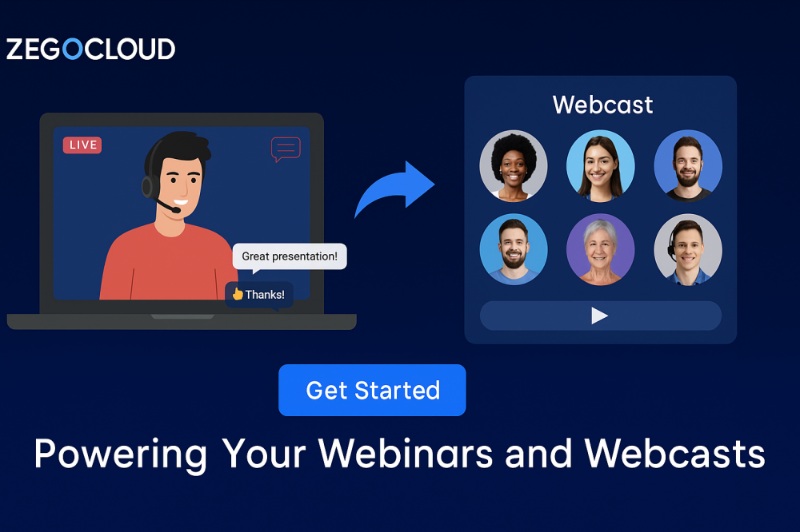
This API offers direct and group call facilities to invite others to a meeting. Furthermore, you can enjoy 4K resolution with ultra-low latency, averaging 300ms, and add up to 10,000 participants across 15,000+ device models. The Voice API will enhance your voice call with AI reduction, intelligent voice processing, and spatial audio. In addition, the SDK includes various voice effects and 48kHz audio quality to deliver realistic sound.
Complying with GDPR, ZEGOCLOUD lets you integrate an in-app chat API where you can use one-on-one and group chats. Additionally, you can deliver messages with a 200ms latency and can also attach media files. For workshops, there is the Live Streaming SDK, which offers cloud recording, super board, and AI effects. Whether it’s a webinar or webcast, it will enable you to deliver a smooth stream with 600ms latency.
Conclusion
To conclude the webinar vs webcast debate, the choice of format depends on your specific goals, audience size, and interaction. Both streaming mediums have their respective use cases, which are discussed in this guide. However, if you seek to create a webinar or webcast app, we recommend using ZEGOCLOUD, as it offers innovative APIs and SDKs to create a compelling application.
FAQ
Q1: What is the difference between a webinar and a webcast?
A webinar is an interactive online seminar that allows real-time engagement, such as Q&A, polls, and chat. A webcast is more like a one-way live stream, mainly for broadcasting content to a large audience with minimal interaction.
Q2: Is a webinar a webcast?
Not exactly. A webinar focuses on interaction and participation, while a webcast focuses on reaching a broader audience with fewer interactive elements.
Q3: What is the difference between a webinar and a broadcast?
A webinar is online and can include interactive features like live Q&A and audience participation. A broadcast is typically a one-way communication (like TV or radio) without direct audience interaction.
Q4: What is the difference between online and webinar?
“Online” simply means something is available on the internet, while a webinar is a specific type of online event designed for live presentations, discussions, and audience engagement.
Let’s Build APP Together
Start building with real-time video, voice & chat SDK for apps today!
